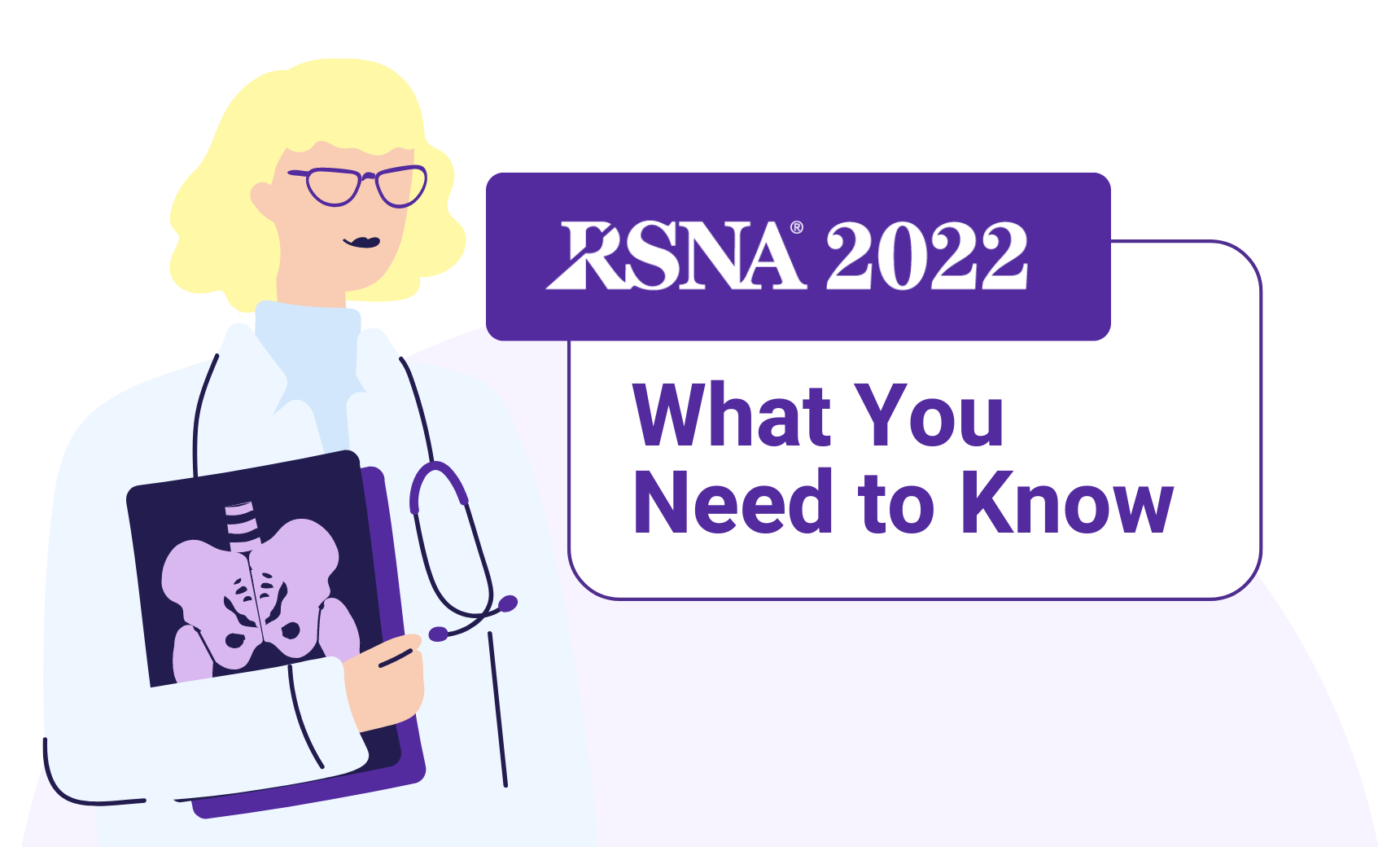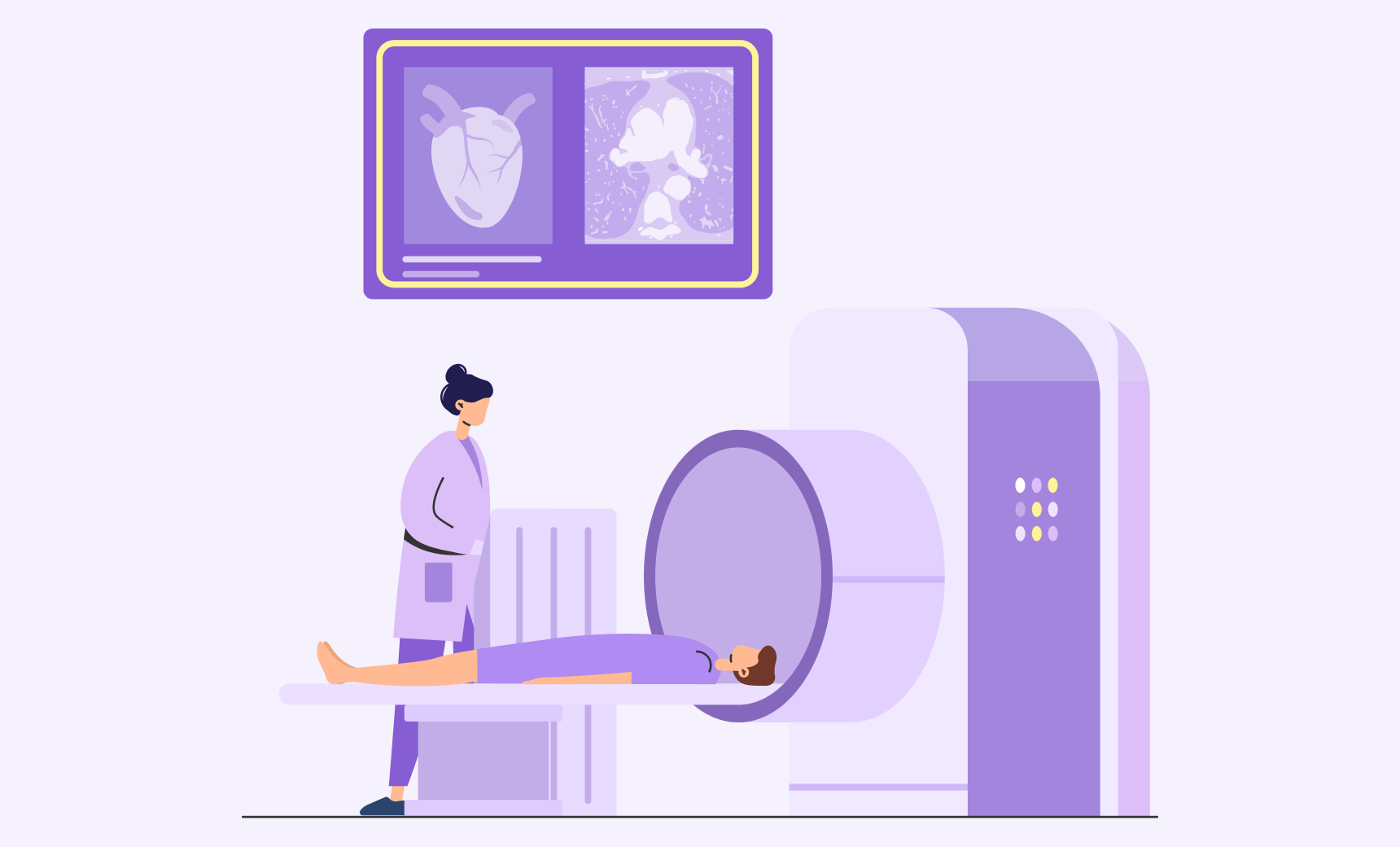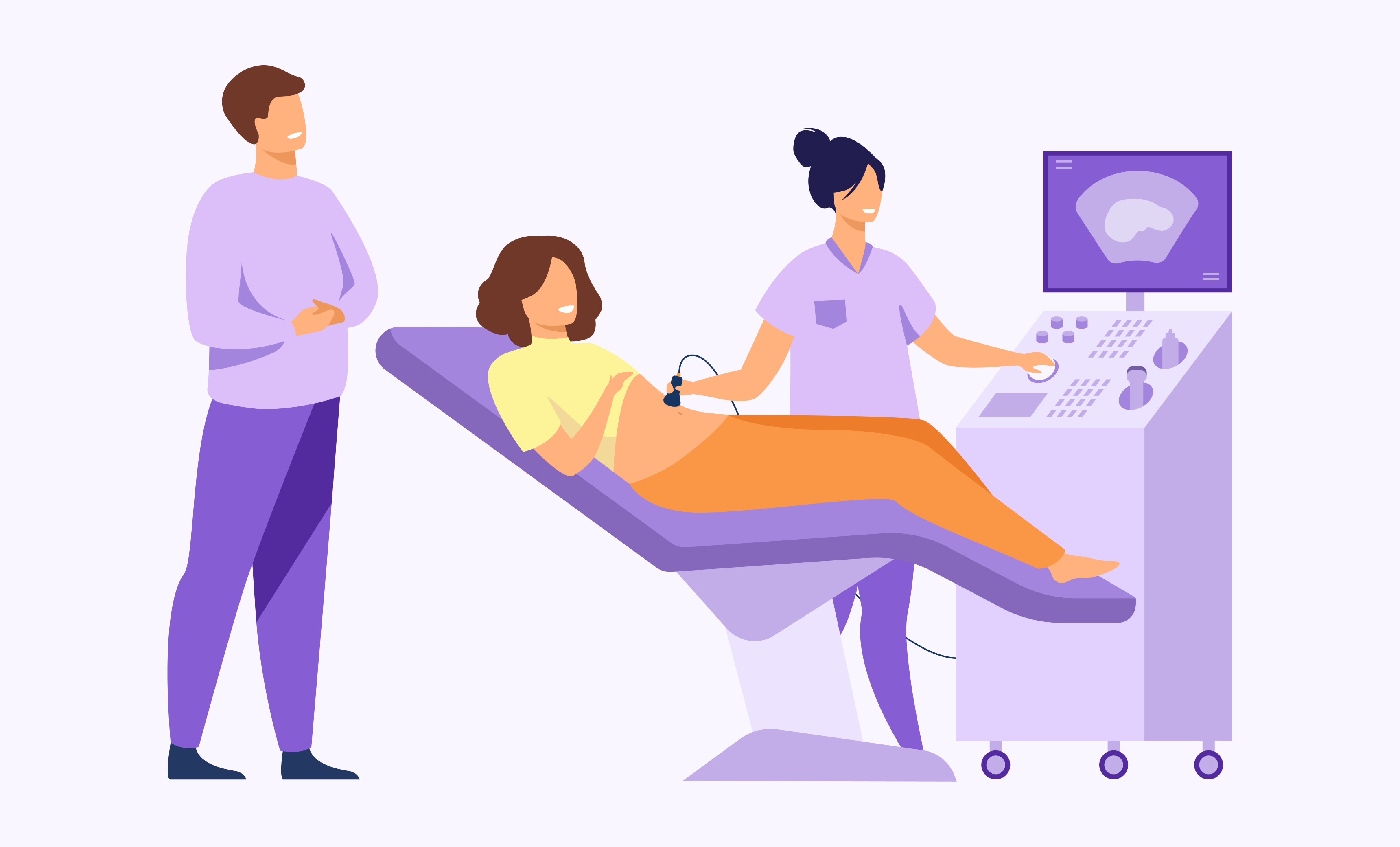
What You Need to Know from RSNA for 2023
We learned a lot at the RSNA 2022 conference – here’s what you need to know.
The RSNA Conference is one of the biggest radiology events of the year, so the LabFinder team was there to get the latest scoop on industry news and learn more about the exciting innovations on the horizon.
Here are our top takeaways from the event and some trends that you’ll want to be on top of in 2023.
3 key takeaways from RNSA 2022 to consider when planning for 2023
1. New technologies are leading the way
Technological innovation stole the show as usual at RNSA 2022. Attendees saw incredible demonstrations of new tech that can improve imaging efficacy and patient outcomes for major health complications.
From AI “predicting a patient’s 10-year risk of death from a heart attack or stroke—all with a single chest X-ray,” to new opto-acoustic/ultrasound or photoacoustic imaging that will aid women with dense breasts and is “projected to reduce the need for extra diagnostic imaging exams and breast biopsies by a lot,” new imaging methods should prove extremely useful for both providers and patients.
The ability to predict risk based on a single chest X-ray cuts out the need for multiple tests and appointments, which may improve compliance as patients don’t need to worry about a lengthy testing process and making time for several appointments.
Similarly, the new imaging methods for women with dense breasts addresses a long-standing issue in women’s healthcare. The added difficulty of getting clear breast imaging from women with dense tissue increases their risk of breast cancer and complicates the screening process. Now, imaging centers will be able to provide more accurate screenings for the approximately half of all women ages 40+ who have dense breasts.
2. COVID is a lingering issue for radiology
While treating the latest strain may not be a problem for imaging centers, COVID-19 is still affecting the daily operations of many centers around the world.
GE Healthcare, the largest producer of iodine contrast of only four manufacturers, was at the center of a iodine contract shortage this year as its factory in China was impacted by COVID-19 shutdowns. Supply chain issues sparked innovation for new solutions to reduce waste and encourage recycling where possible, in an attempt to avoid future shortages.
The understanding and treatment of the long-term effects of COVID-19 is also a priority in the world of radiology. A late-breaking study revealed that by using a specialized MRI technique, researchers were able to uncover “‘significant’ changes in the brains of COVID patients up to six months following their initial recovery.”
Utilizing susceptibility-weighted imaging to assess the impact on the brains of COVID patients, the study found that the regions of the brain most affected are associated with neurological conditions frequently reported by those suffering from “long COVID,” including fatigue, insomnia, anxiety, depression, headaches and other cognitive issues.
Susceptibility-weighted imaging provides insight into how much material in the body will become magnetized under a magnetic field.
The study found that the “COVID group displayed significantly higher susceptibility values in comparison to the control group, with the findings most pronounced in the regions of the frontal lobe and brain stem.”
As for the long-term effects of the virus on the brain, “This study points to serious long-term complications that may be caused by the coronavirus, even months after recovery from the infection,” said study co-author, Sapna Mishra, a PhD candidate at the Indian Institute of Technology in Delhi. “The present findings are from the small temporal window. However, the longitudinal time points across a couple of years will elucidate if there exists any permanent change.”
Another late-breaking study involved the use of MRI and ultrasound elastography, showing evidence of “liver injury months after infection.” The study found that COVID-positive patients had “statistically significant higher liver stiffness,” which is a marker of liver damage, such as fibrosis. Those with progressive fibrosis are at a higher risk of liver cancer and liver failure.
“We don’t yet know if elevated liver stiffness observed after COVID-19 infection will lead to adverse patient outcomes,” said Dr. Heidari, a postdoctoral research fellow at Massachusetts General Hospital. “We are currently investigating whether the severity of acute COVID-related symptoms is predictive of long-term liver injury severity. We hope to enrich our existing database with additional patient data and a broader scope of co-variates to better understand the post-acute effects of COVID-19 within the liver.”
The evidence clearly shows that though COVID-19 is spreading at a slower rate than during the height of the pandemic, that the long-term consequences of this virus will impact the healthcare industry for years to come.
3. We need to address clinician burnout in radiology
Healthcare staff burnout is one of the greatest challenges healthcare will face in 2023; however, the issues causing the “mass resignation” in radiology are not new, rather they are issues that have long been present and were exacerbated by COVID-19.
As radiologists nationwide are rethinking their careers, employers are seeking solutions to reduce staff burden, improve employee morale and wellness, and find new ways to address these pressing issues.
In The Joint Commission Journal on Quality and Patient Safety, a recent survey of 5,300 practicing physicians found that “radiologists self-reported one of the highest physician task load scores of any specialty.”
RSNA 2020 revealed that 23% of imaging staff think their work “is inefficient and would be better if automated,” suggesting one way employers may easily reduce staff workloads. Reducing time spent on tedious administrative tasks, like collecting patient demographics and insurance information, can easily be solved with automation to improve both staff and patient experience. When you automate these types of tasks, healthcare staff gets precious time back that can be refocused on what’s most important – providing stellar patient care.
Check out LabFinder’s test center solutions to see how we can simplify staff workflows and reduce workload burden while improving the patient experience.
We want to help you grow your radiology business in 2023! Schedule a time to talk with our Chief Strategy Officer and learn more about the dynamic and flexible solutions from LabFinder.





The LabFinder Editorial Team is behind The Illuminator and The Insider, LabFinder’s consumer and business blogs.
Dr.Robert Segal
Dr. Segal is CEO and co-founder of LabFinder, as well as a board-certified cardiologist. He began practicing medicine in 2002 and has founded several businesses, including Medical Offices of Manhattan and Manhattan Cardiology.